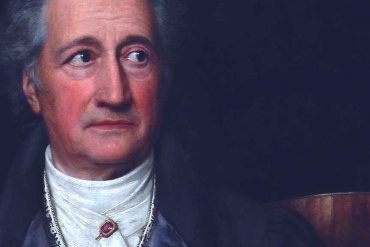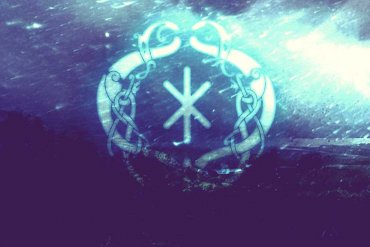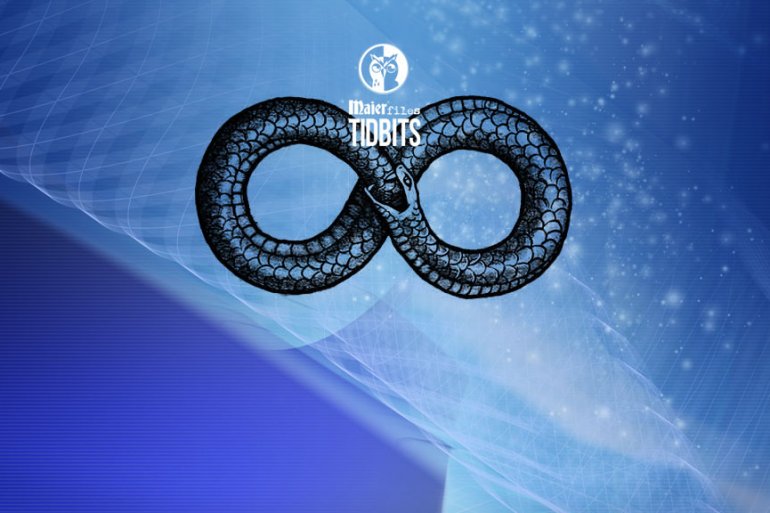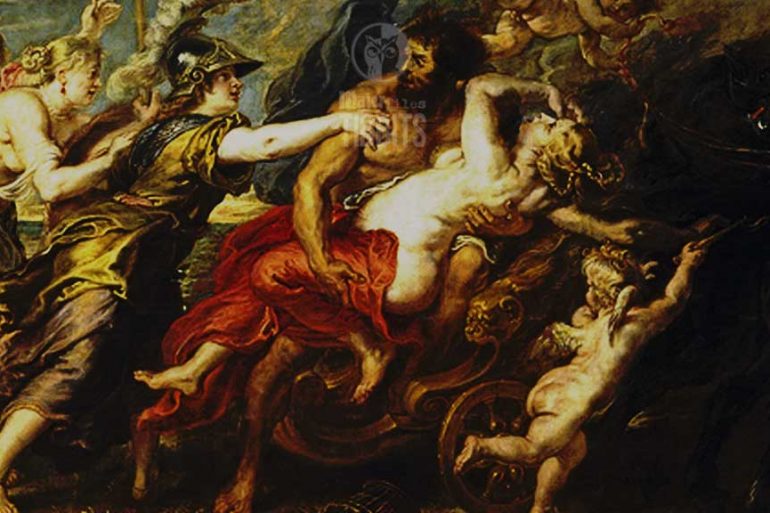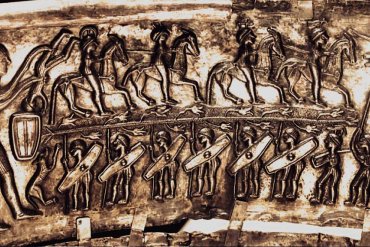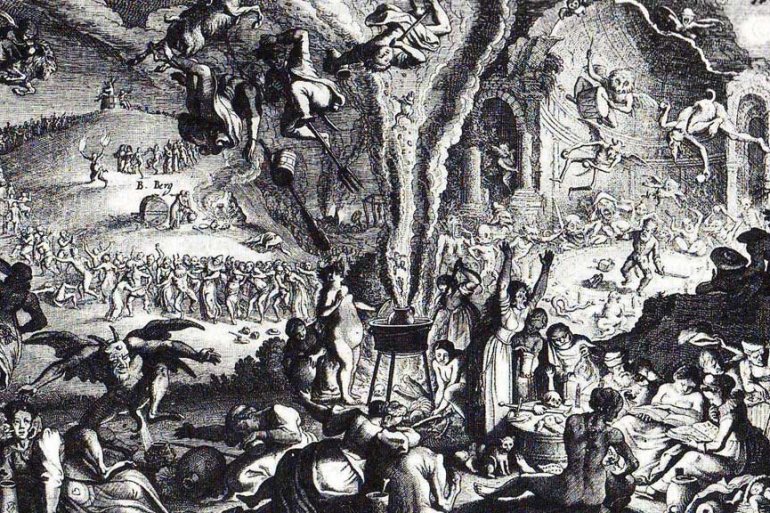Thor’s Hammer, known as Mjölnir, is one of the most iconic symbols in Norse mythology. Revered by ancient Norse societies, Mjölnir was more than just a weapon of war; it was a symbol of protection, blessing, and power. The thunderous hammer was wielded by Thor, the god of thunder, who used it to protect Asgard and Midgard (the Earth) from giants and other monstrous beings. The Complex Nature of Thor Thor might appear to be...
Everything on Mythology and related to the Maier files series. Posts, Articles referring to myths, mythology, ancestral tales, folklore, gods and goddesses
Socrates sometimes spoke of his daemon, meaning a good spirit who guided him through life. This might seem an alien concept for most of us today. But one can not deny as a matter of historical fact that folks who believed in idealism as a philosophy of life have always tended to trust in spirits, gods and angels. When it comes to the great-weaving cosmic thoughts, the active principles behind the appearances of things, many...
Keep this story in mind too, as the Maier Files huge storyline will continue. Surprising links exist with historical battles and quests. As said before, there’s always more than meets the eye. The tale of Taliésin is written down in the french book “Bélisama ou l’Occultisme celtique” by Ernest Bosc (1895). Belisama or Belisana is a supreme Celtic Goddess, and the virgin mother, more on that in another post. The legend of the famous celtic bard Taliésin and how he […]...
Hagal is the rune of a goal and confrontation with past patterns.
For centuries, the Temple of Apollo at Delphi in central Greece contained the most prestigious oracle in the Graeco-Roman world, a favorite of public officials and individuals alike. The oracle was said to relay prophetic messages and words of counsel from Python, the wise serpent son of the Mother-goddess Delphyne or from the Moon-goddess Artemis through their priestess daughters, the Pythonesses or Pythia. According to myth, the god Apollo murdered Delphyne and claimed the shrine...
All numbers have meanings, and different meanings within different cultures. But there is one number that seems to cross cultures, transcending religious and ethnic boundaries with its underlying meaning of immortality: Eight – 8 – . To the Egyptians, number eight was the most magical of numbers and meant ‘balance’ and ‘cosmic order’. According to Tim Wallace-Murphy and Marilyn Hopkins, the authors of Rosslyn, eight sacred sites formed a great cyclical ritual performed by Egyptian initiates. The initiates all received […]...
Hidden within age-old classic stories lie the hermetic teachings of alchemy and Freemasonry. In his Mystery of the Cathedrals, the great alchemist Fulcanelli revealed the teachings of the hermetic art encoded in the sculpture and stained glass of the great cathedrals of Europe. What he did for churches, his disciple Bernard Roger does here for fairy tales. It is customary to label as legend the story of a fabulous “fact” attached to either a place—a...
The name of Hermes, whether or not qualified as Trismegistus, henceforth served as guarantee or signature for a host of esoteric books on magic, astrology, medicine, etc., throughout the Middle Ages, and this despite the fact that, with the exception of the Asclepius, the Corpus Hermeticum was unknown. Picatrix At the same time, an inspired imagery unfolded in both Latin and Arabic literature in a succession of “visionary recitals” (as Henry Corbin calls them), constellated...
Harvest traditions have roots in Eleusis. The foundation of the Mysteries of Eleusis was the story of Demeter and Persephone. In this tale, Hades fell in love with Persephone and kidnapped her from the fields where she played, taking her back to his kingdom in the underworld. When Demeter discovered her child missing, she searched everywhere on Earth for her. When at last she received word that Hades was keeping her child, Demeter refused to let anything on Earth grow. […]...
The Women Who Fly: Goddesses, Witches, Mystics, and Other Airborne Females by Serinity Young is a captivating exploration of female figures across history and myth who possess the ability to fly or transcend the earth. From ancient goddesses to modern-day aviatrixes, this book reveals the diverse and powerful stories of women who have taken to the skies, either literally or symbolically, challenging earthly boundaries and societal norms. For enthusiasts of the Maier Files series, Young’s...
Occult knowledge and ancient wisdom. What was Parsifal seeking in Wolfram Eschenbach’s poem that was referred to as “the Grail”? A stone ? The Lapsis exillis? It is also said that a pagan astrologer read the mystery of the Grail in the stars: ” Flegetanis, the heathen saw with his own eyes in the constellations things He was shy to talk about, Hidden mysteries that trembling revealed it: He said there was a thing called...
In the last days of paganism in Germany, the druids’ sacrifices were subject to punishment by death at the hands of the literalist Christians. Nevertheless, at the beginning of springtime the “druids” and the populace sought to regain the peaks of the mountains so that they could make their sacrifices or experience their celebrations at these remote locations, intimidating and chasing off the Christians (usually through the latter’s fear of the devil). The legend of the first Walpurgis Night is […]...


